Portraits are usually one of the first genres that as photographers, we begin to shoot to learn more about our camera, lighting, and how to create a beautiful image. I have found a connection to creating images that capture a feeling or capture someone's personality in a really beautiful way. I want to find a way to connect with my subject, so that I can bring out from them the parts of their personality or emotion within them that I want to convey.
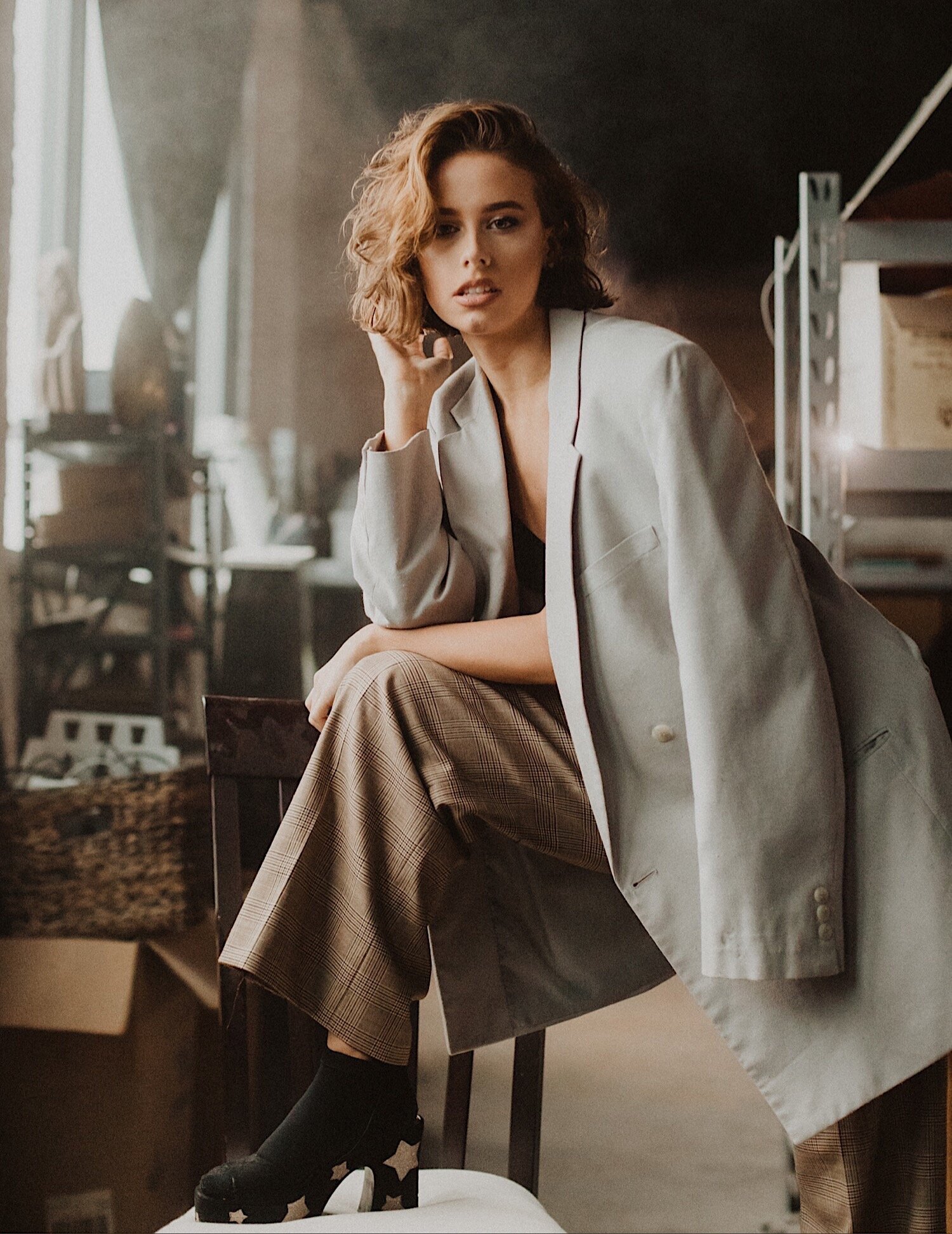
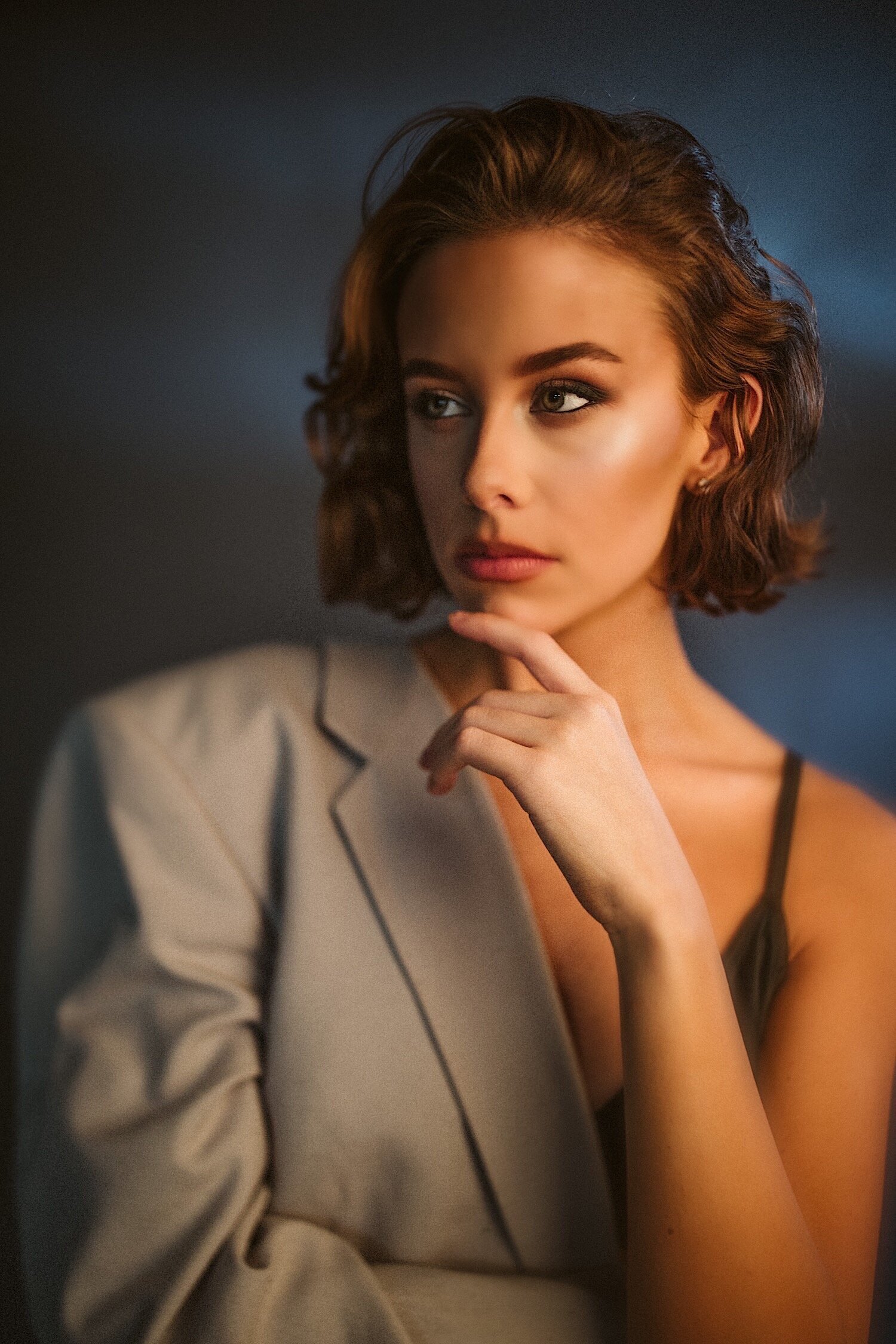
Here are the 4 most important things I think about during a portrait photography session:
1. Unique features
I always like to pay attention to the features of my subject that are uniquely them and allow those features to be “the star” of many of the images. Sometimes, it’s their eyes, or their freckles, their face structure. Each individual has something uniquely special about them, and I like to celebrate that within their portraits.
2. Light
Of course, but I really pay attention to where it is falling on my subject. Is it highlighting their features in flattering ways? Is the light contributing to the emotion or feeling the image?
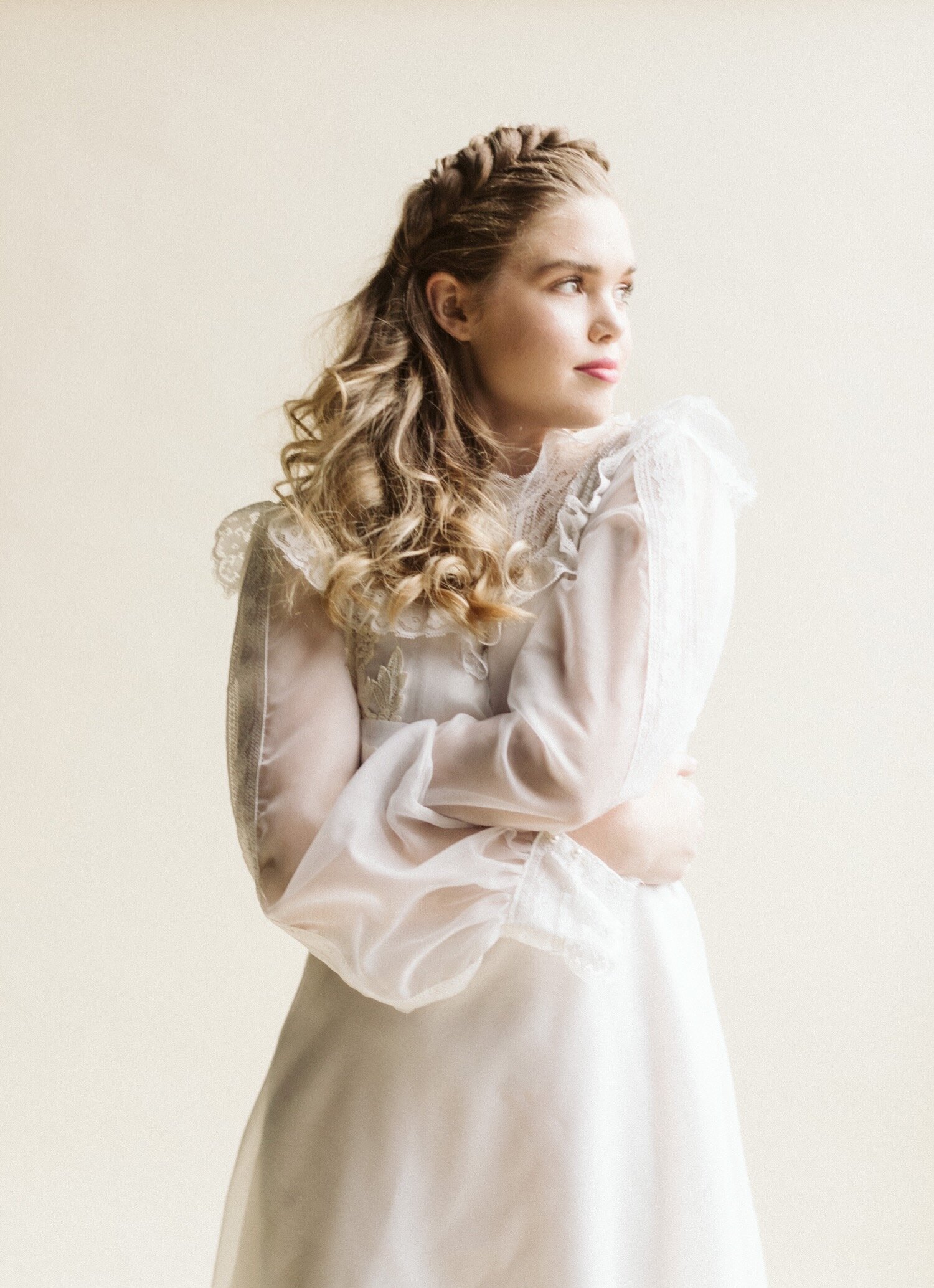
3. Expression + body language
What kind of emotion does your portrait convey? What are you expressing? Is it emotional? Whether it’s happy, sexy, thoughtful, or even sad. Emotion gives our portraits depth, and tells the story of our subject, and how we are expressing what we feel, or what we want our viewer to feel. Your subject's body language will also play a big role in the “feeling” of your photo.
4. Location
Your setting can play a big role in the story of your portrait. The background elements can influence the whole feel. Be thoughtful about colors, background scenes, and environments. When planning your portrait session consider what your subject will be wearing, and where they will be wearing it. Learn about the color wheel and what kind of colors complement each other, use that knowledge to tell a "color story" within your portraits. It is these kinds of in-depth thought processes, that play a big role in having your portraits really stand out from the crowd.
Plan, schedule, and follow-up shoots with one-click pre-filled client messages, checklists, client questionnaires, invoices and contracts. Save all your client details so you don’t forget kids’ names when walking up to your session. Take notes and create goals to keep yourself accountable, and set reminders so that you stay on schedule during your shoot.
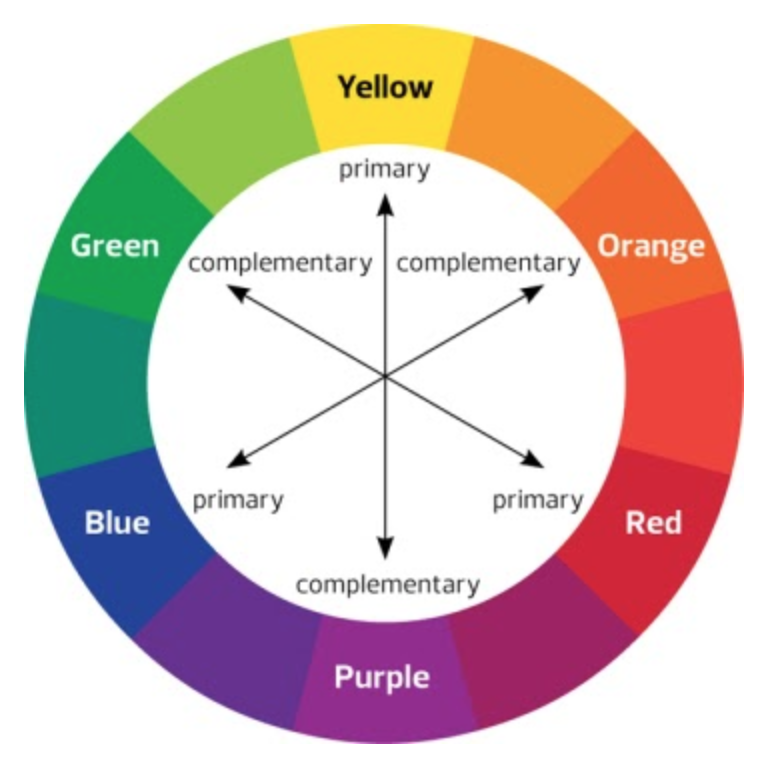
Portrait photography tips + ideas + prompts
Body language
I feel like movement plays a role in creating emotion in images. Body language can tell so much about a photo, a story, and a portrait. Pay attention to movement, and create emotion through body language.
Prompt:
Slowly shift your weight from side to side - creating a soft flowy feel
Prompt:
Wave your hands in the air and dance like you're listening to your favorite band
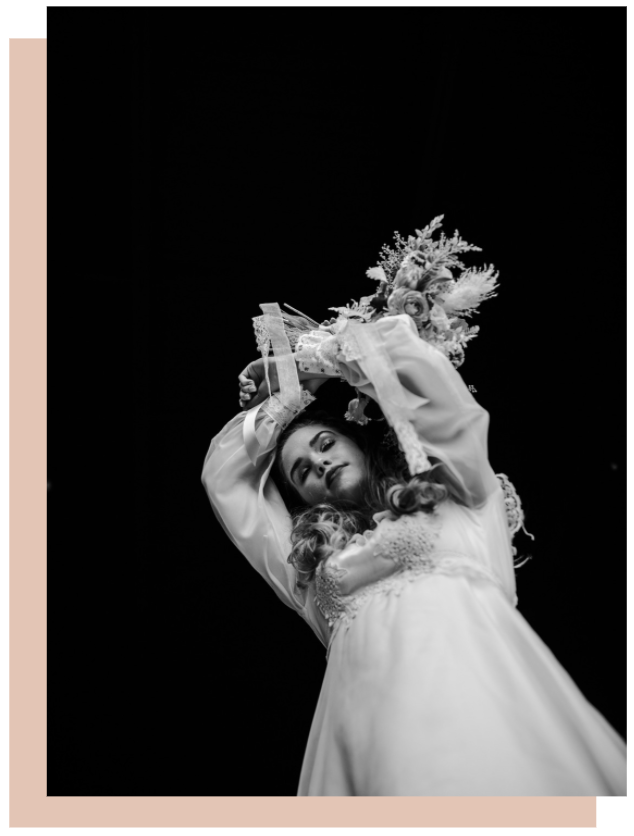
Posing the face
Celebrate your subject's features. Pay attention to light. Here are some very basic prompts to start with as a base...
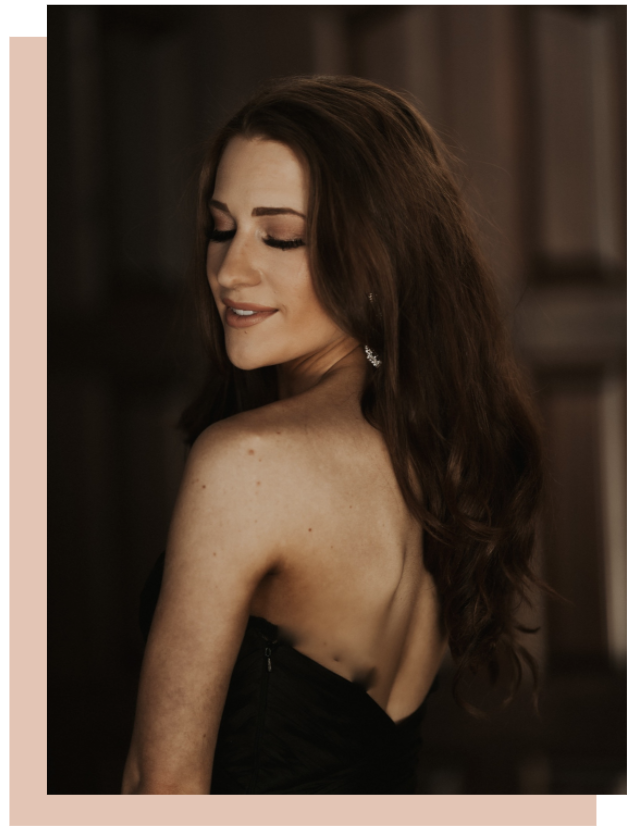
Prompt:
Stick out your ears to create a flattering jawline
Prompt:
Angle your shoulders to create a slimming effect
Prompt:
Look down at the floor like it just told you the funniest joke
Tips:
Don’t let the nose break the face. Keep your subject angled so that the tip of the nose doesn’t appear to break through the cheek line.
Tips:
Remind your subject to relax, and communicate how great they look. Positive communication with your subject can make a big difference. If you're shooting outdoors, look for eye-pleasing backgrounds that won't be too distracting. You want your portrait to really focus on the person, their personality, or the emotion that you are bringing to life through the image. Take some time to really understand the angles that work for your subject. Sometimes I will have them turn their face all the way to the left, and then all the way to the right and just shoot as they do that - and really look at what angles are most flattering for them. Everyone is different and unique! That is such a big part of why portraits are so fun because you have a fresh composition to navigate with every new subject.
Posing the hands
Work them into the frame you can get as creative as you’d like with this.
Prompt:
Give yourself a hug!
Prompt:
Pretend you’re a doll and you have to hold your head up
Tips:
Don’t cut off hands or wrists at awkward places. Try to pay attention to how the fingers are laying. Keep things soft, and light.
Tips:
Make sure fingers are not spread out super wide. If you cut off at the fingertips, avoid cutting off right at the knuckles or wrists. Hands can be really valuable when it comes to the composition of your photo. You can use the arms, hands, and fingers as framing tools to draw the viewer in. You can use them as leading lines to direct the viewer's eye. You can use them to create a feeling through body language.
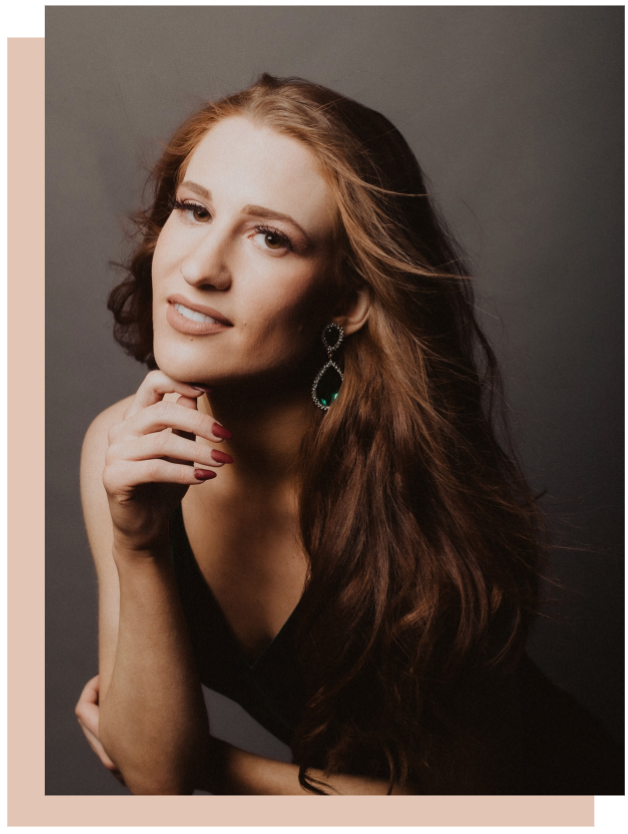
Posing the eyes
Eyes tell so much about a portrait!
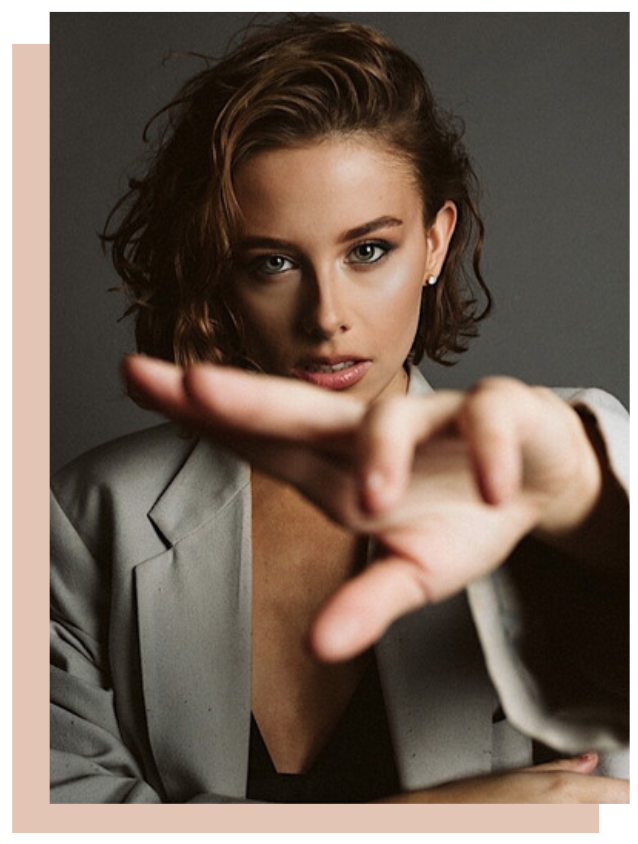
Prompt:
Look past my camera as if you’re in an old Hollywood movie
Prompt:
Close your eyes, and open them looking as deep into my camera as you can
Tips:
Don’t let the “whites” of the eyes show. If your subject is looking off to the sides, you don’t want their eyes to be showing primarily the white areas. Try to pay attention to this! It makes a huge difference.
Posing the hair
Don’t forget about the hair! Try different looks within the same session.
Prompt:
Bring your hands into the frame, hold into a piece of your hair gently
Prompt:
Whip your head back and forth
Tips:
Turn on the fan! Or use the wind in creative waves to show movement with the hair.You can do things as simple as having half of the hair in front of the shoulder, and then half of the hair behind their shoulder. Throwing it all onto one side for a tilted, relaxed editorial look. I love to have my subject run their hands through their hair, or just pull on the ends a little bit for a soft, sultry look and feel. Think of the hair as a prop that you can use to make your portrait a little more interesting.
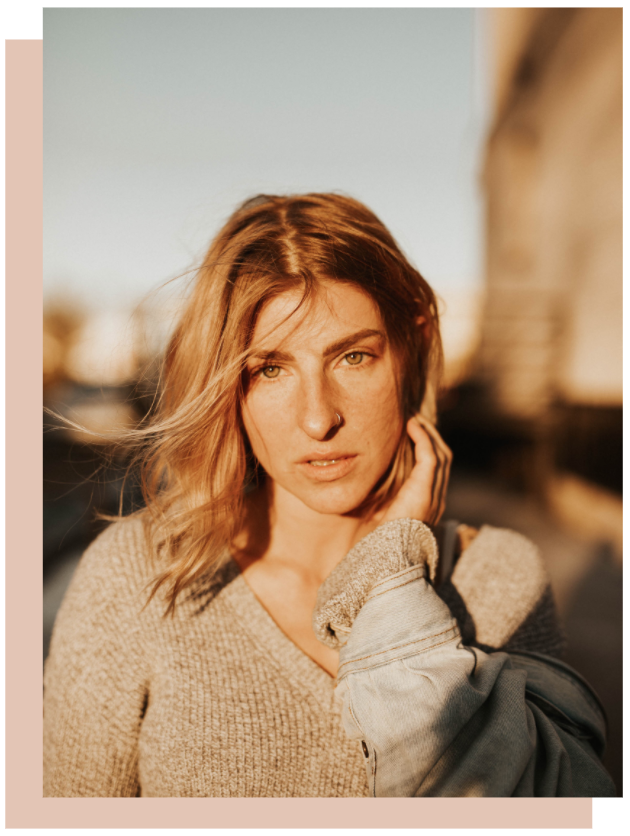
Get creative
Now that you have a handle on the basics, it's’ time to really create! Play around with your settings, and add in fun things that can create a more dynamic and interesting portrait
Tips:
Push your creativity and create framing by holding objects in front of your lens. I’ve used water bottles, cell phones, even my own hair!
Tips:
Experiment with your settings - show movement, focus on the feeling.

Finally, bring it all together!
With all the pieces in place, you can really start creating authentic portraits that are beautiful, convey emotion and feel uniquely creative! This is where you can really find your language when it comes to portraits. Take some time to really focus on what kind of portraits excite you the most. Your creative flair on everything you have learned is what is going to shine through. Apply these portrait photography tips and explore and experiment as much as you can. Try prisms, fractals, mirrors, reflections - anything that you can really think of to create a more interesting thoughtful portrait.
Let's recap
- Pay attention to your subject's unique features. Let them shine!
- Use light to create a feeling, and flatter your subject.
- Use your location to influence the overall look of your portrait.
- Play with different variations of posing the hands, eyes, and hair.
- Get creative and have fun with it! I try to do something new different with every session. I then find the things I like and can elevate them to another level every time I shoot.
- Combine what you've learned to create a completely fresh new portrait! Rules are a great foundation, but don't be afraid to break some!
- Don't forget to do things in your own way, that really feel like they came from somewhere fresh within you. That is when you feel the most connected and excited about your work. That's where you really find your own creative language, once you tap into it, the things you create will be extraordinary!
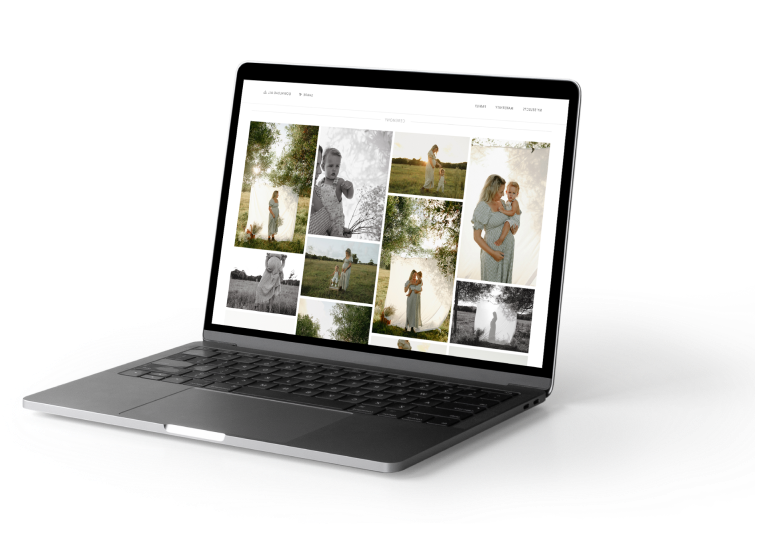
lead your photography
sessions with confidence.


FAQ's
What makes a portrait photograph artistic and authentic?
How can photographers establish a genuine connection with their subjects for authentic portraits?
What photography techniques contribute to the artistic aspect of portrait photography?
How can photographers balance artistic creativity with capturing an authentic portrayal of their subjects?


